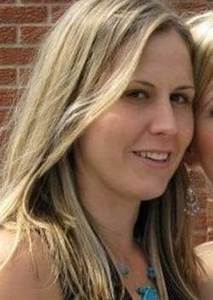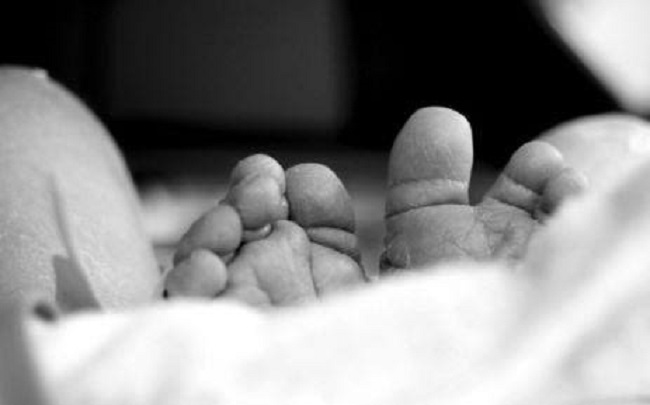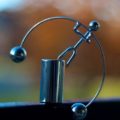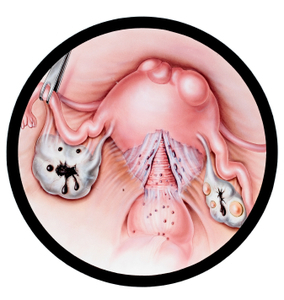I have suffered from endometriosis for as long as I can remember. I am sharing my story so that others may learn from my experiences, and be encouraged to share their own. By sharing our stories, our voices can make a difference in the lives of other women struggling with hormonal issues.
This is my story about food, an eating disorder and my battle with endometriosis.
For as long as I can remember, food has always been a big part of my life–and often a challenging part. When I was a baby, I started to have severe reflux from infant formula and Pablum, a precooked infant food made from wheat, oats and corn. Was my reaction an early indicator of a food intolerance?
I remember the food we ate growing up because it was the same thing every week. Chicken sprinkled with salt, pepper and garlic powder or meatloaf with mashed potatoes some green string beans. Another day we’d have spaghetti with ground beef or hamburgers with brown beans and a nice glass of cold milk. I would always have seconds. On rarer occasions, we would have cabbage rolls, liver, chef Boyardee ravioli, Kraft Macaroni and cheese or Campbell’s Tomato soup with grilled cheese.
For breakfast we would have corn flakes, rice puffs or toast with cinnamon spread. I remember having Jell-O, candy and popcorn but for the most part we ate healthier than other families.
When I was in middle school I would get home starving and would heat up some ravioli or whatever was on hand. Most of the time I would be too full to eat dinner, but I would still have to eat.
In High school for the most part I didn’t eat. I would be in a hurry to catch the bus so I wouldn’t eat breakfast or bring a lunch because I had to make it. By the time I got home I would eat Kraft dinner then go back out. I weighted only around 100-110 lbs. I was a very active teenager, and sometimes forgot to eat. If I was on my period, I lost my appetite for a week and if I did have a bowel movement the pains were so intense.
I started to have a love/hate relationship with food.
After high school, I continued to struggle with my eating patterns. I had a friend who kept saying she was fat and she was a size 0. I have never been a size 0 and all I could think was ” if she is fat then what am I?”
I began to starve myself. Living in a constant state of hunger went on for around 7 years and then turned to binging and purging, the classic cycle of bulimia. I continued to purge up until 2009 when I realized that I needed to stop. I was able to stop purging, but I continued to binge. It was a vicious cycle.
I was also in pain from the Endometriosis rectally. I had generalized pelvic pain as well. I remember being nauseated and seeing stars all the time as well as blacking out.
In 2002 I became pregnant and started to eat 3 times a day while gaining over 70lbs but I wanted to make sure she was healthy and after I gave birth to my daughter I wanted to make sure she ate the best food possible. I became interested in avoiding processed foods for myself and my baby. When my daughter was 6 months old, I started making homemade pureed foods such as spinach, peas, carrots, applesauce and sweet potatoes.
My friend was a vegetarian and she introduced me to a whole new way of eating. She made me see how important food is encouraged me to focus on healthier foods like fish and quinoa.
My focus on eating whole foods changed my life.
I eventually decided to experiment with going gluten-free. I was on and off for so many years because it was really hard for me to do. In Nov 2010 I saw a naturopathic doctor who told me I had food intolerances to Wheat, Spelt and Dairy and that I was not fully absorbing any nutrients vitamins or minerals. She also said that I had Candida in my large and small bowel. She put me on a Gluten free and dairy free diet as well as many supplements. I succeeded in following the diet for 3 months then was put on Amitriptyline for the Endometriosis. The make me crave every single bad food out there. I felt really upset that I didn’t have the willpower to walk away. My cravings grew in intensity.
Even just eliminating gluten for 3 months, the Chronic Dermatitis on my toes went away for the first time in 3yrs and has not returned. Also all of my painful perineum fissures went away for awhile. Unfortunately they have since returned.
I have now embarked on a new Journey that started Nov 1st 2012 and I have been gluten and dairy free. I plan on continuing and not giving up. I mentally feel better but I still struggle with stomach pain.
There is so much confusion and conflicting information about diets to follow. It is difficult to learn what is actually best for my body.
I know that I experience positive changes when I maintain awareness of how foods affect my digestion and mood.
I am devoted to continuing to learn which foods to avoid and to nourish my body to alleviate my endometriosis symptoms.
What affects have eating and dietary changes had on your endometriosis symptoms? Share your story.
To read more about my struggles with endometriosis, click here.
























